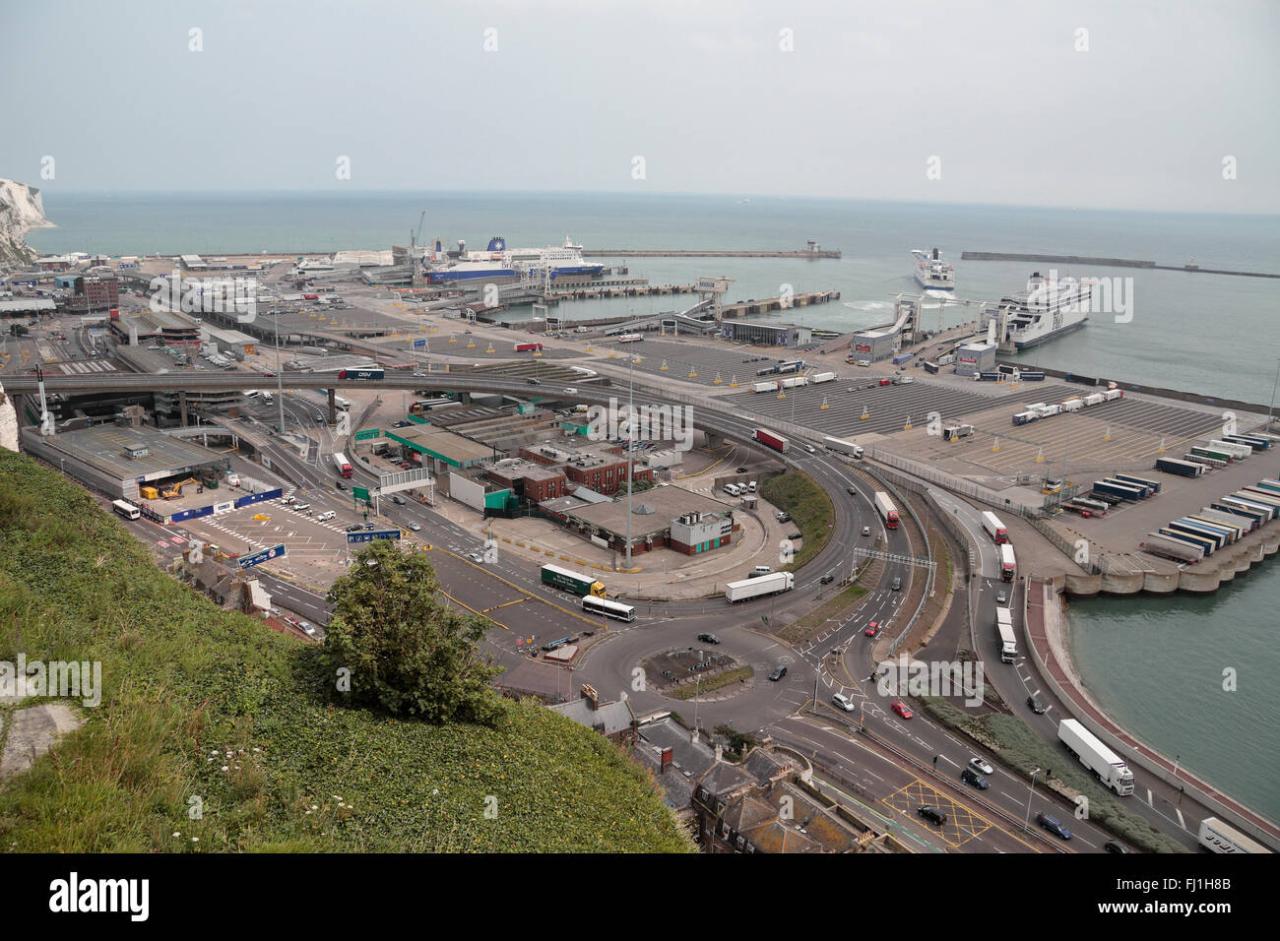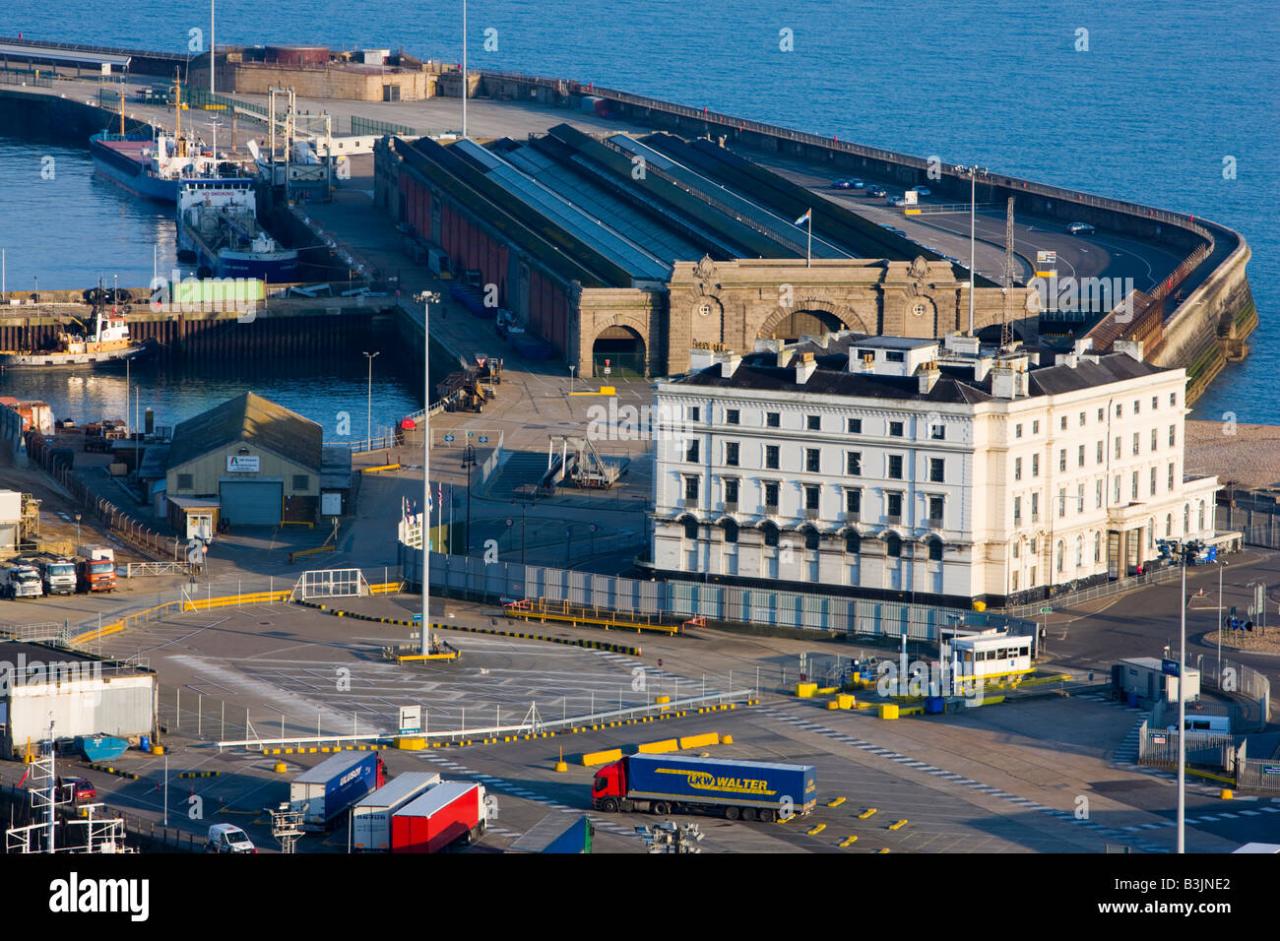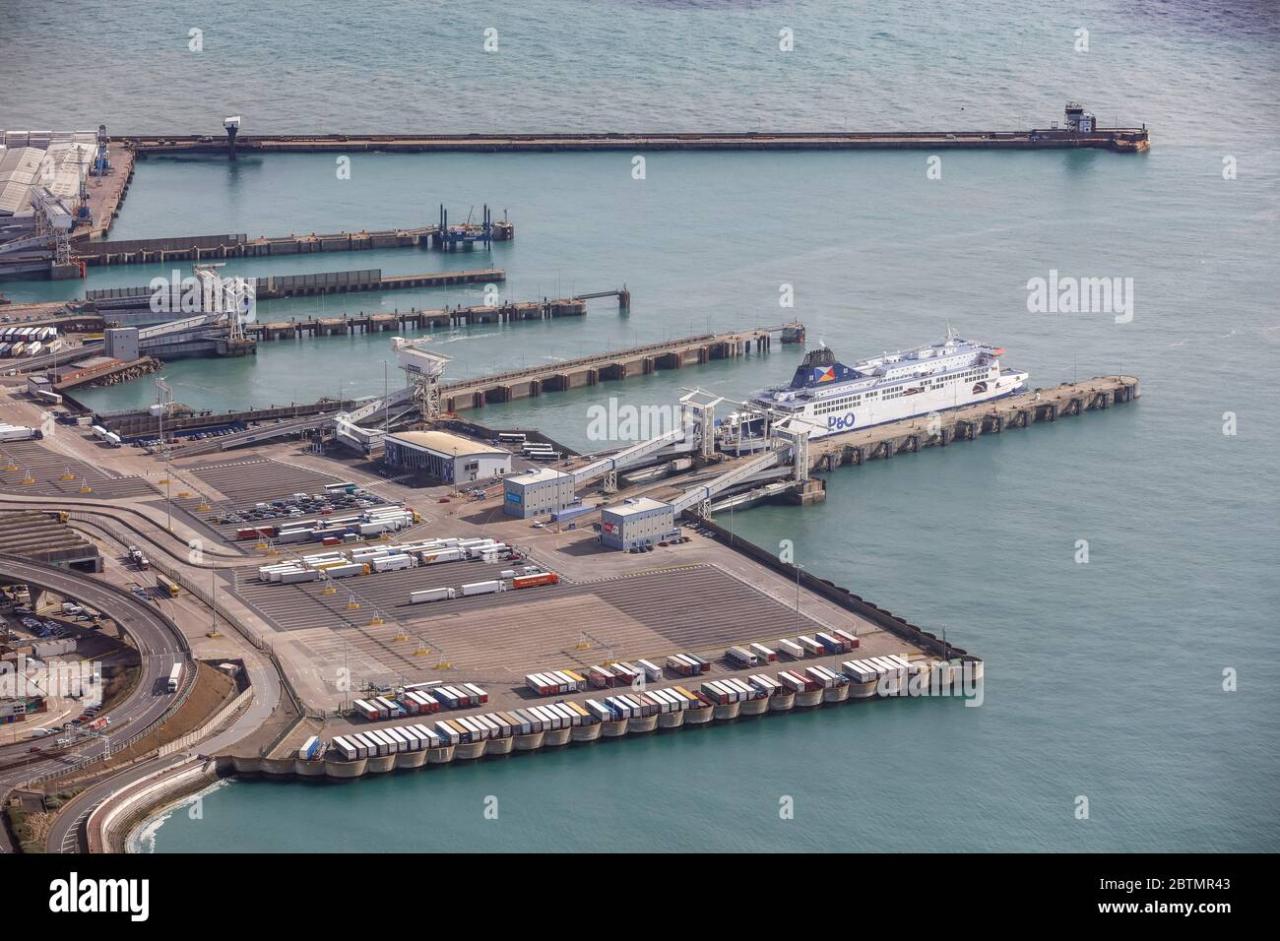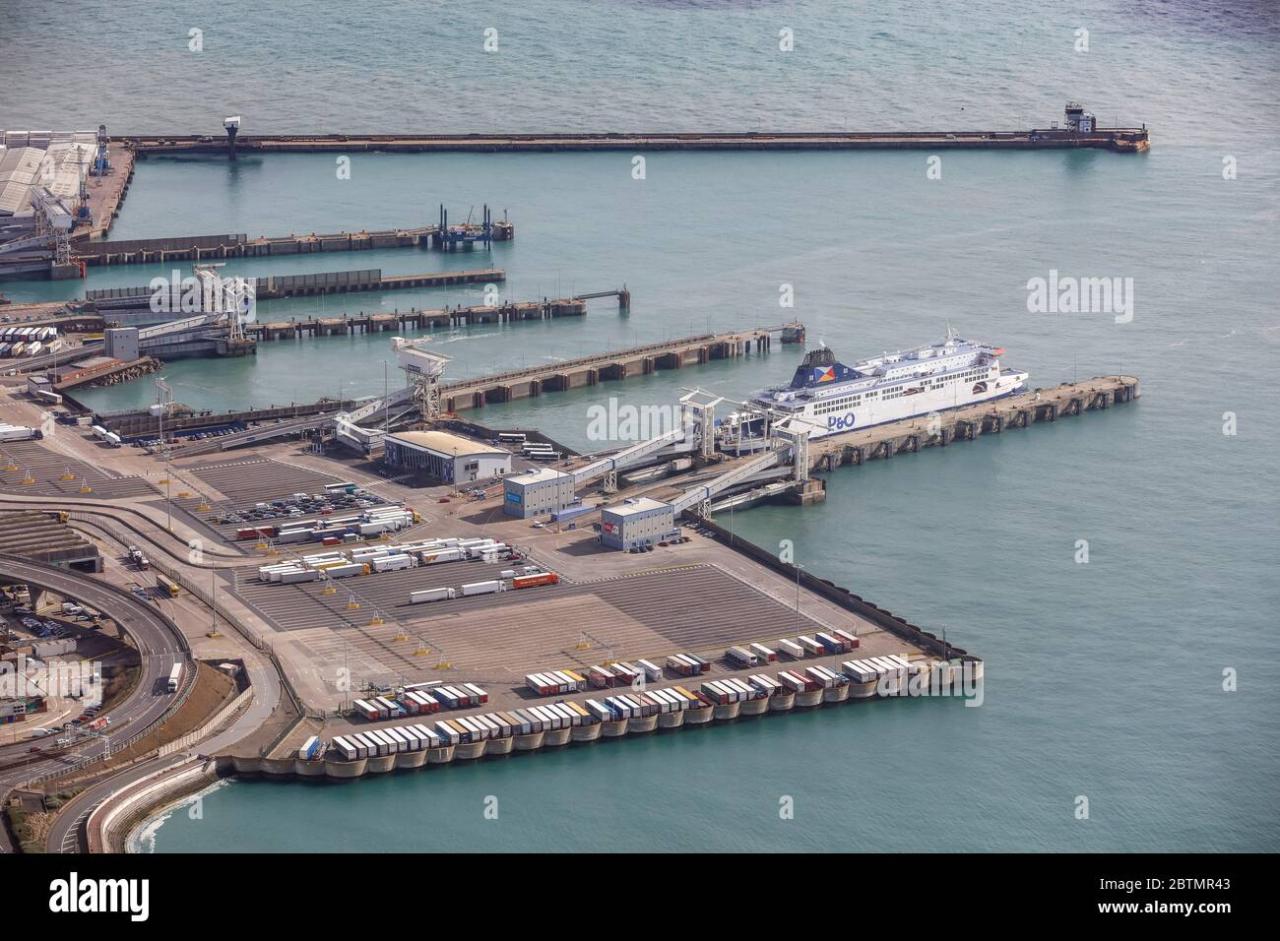Port Dover camera surveillance plays a multifaceted role, impacting tourism, safety, and community life. This exploration delves into the various types of cameras deployed throughout Port Dover, their locations, and the technological intricacies involved in their operation. We will also examine the legal and ethical considerations surrounding their use, balancing the need for security with individual privacy rights.
From analyzing the visual narratives captured by these cameras to assessing their impact on crime rates and tourism, we aim to provide a balanced and informative perspective on this ever-evolving aspect of modern life in Port Dover. The discussion will encompass technical details, legal frameworks, and ethical implications, offering a holistic understanding of the subject.
Port Dover Camera Locations and Types
Port Dover, with its bustling harbour and vibrant tourism scene, employs a network of cameras for security, traffic management, and visitor experience enhancement. These cameras vary in location, type, and capabilities.
Camera Locations in Port Dover
Cameras are strategically positioned throughout Port Dover to maximize coverage and effectiveness. High-traffic areas like the main streets, the harbourfront, and popular tourist attractions such as the lighthouse and the beach, are heavily monitored. Businesses also frequently install security cameras for theft prevention and general surveillance. While residential streets may have fewer cameras, some areas may utilize them for community safety.
High-resolution imagery of Port Dover can be captured in various ways. For wide-angle shots encompassing the harbour and surrounding areas, a ground-based Port Dover camera system might suffice. However, for dynamic perspectives and aerial coverage, consider the versatility of a drone with camera , offering unmatched flexibility for capturing stunning footage. Ultimately, the choice depends on the specific needs of your project, whether it’s for personal use or professional documentation of Port Dover’s beauty.
Types of Cameras in Port Dover
The camera systems in Port Dover comprise a mix of security cameras, traffic cameras, and webcams. Security cameras, typically CCTV (closed-circuit television), are prevalent in businesses and public spaces. Traffic cameras monitor vehicle flow and aid in managing traffic congestion, particularly during peak tourist seasons. Webcams provide live streaming views of the harbour and other scenic locations, promoting tourism and offering a virtual experience for remote viewers.
Camera Resolution and Features
Camera resolution and features vary depending on the type and location. Security cameras often range from standard definition (SD) to high-definition (HD) or even ultra-high-definition (UHD) for detailed footage. Features might include night vision, motion detection, and remote access capabilities. Traffic cameras generally use high-resolution cameras to capture clear license plate details. Webcams often prioritize wide-angle views to capture expansive scenic vistas, although resolution can vary.
| Location | Camera Type | Resolution | Features |
|---|---|---|---|
| Main Street | Traffic Camera, Security Camera | 1080p HD, 4K UHD | License Plate Recognition, Night Vision, Motion Detection, Remote Access |
| Port Dover Harbour | Webcam, Security Camera | 720p HD, 1080p HD | Wide-Angle Lens, Pan-Tilt-Zoom, Live Streaming, Weatherproof |
| Local Businesses | Security Camera | 720p HD, 1080p HD | Motion Detection, Recording, Remote Viewing |
| Residential Areas | Security Camera | SD, 720p HD | Motion Detection, Recording |
Legal and Ethical Considerations of Port Dover Camera Usage
The deployment of cameras in Port Dover raises important legal and ethical questions concerning privacy and data protection. Understanding the relevant laws and best practices is crucial for responsible camera usage.
Legal Implications of Camera Surveillance

The legal framework governing camera surveillance in Port Dover aligns with broader Canadian privacy laws. Public surveillance must adhere to principles of proportionality and necessity. Private entities must also comply with privacy legislation when using cameras on their property. The placement and usage of cameras must be clearly communicated to the public, and data collected must be handled responsibly and securely.
Excessive or intrusive surveillance could lead to legal challenges.
Ethical Concerns Regarding Privacy
Ethical concerns surrounding camera usage primarily revolve around privacy infringement. While cameras enhance security, they also capture personal information without explicit consent. Data breaches and misuse of footage are significant ethical risks. Maintaining transparency and ensuring data security are vital for upholding ethical standards.
Comparison with Other Locations, Port dover camera
Legal frameworks governing camera use in Port Dover are broadly similar to other municipalities in Canada. However, specific regulations may vary depending on provincial and municipal laws. Best practices for responsible camera use are consistent across jurisdictions, emphasizing transparency, data security, and adherence to privacy legislation.
Best Practices for Responsible Camera Usage
- Clearly signal camera presence with signage.
- Establish a clear data retention policy.
- Implement robust security measures to prevent data breaches.
- Comply with all applicable privacy laws.
- Limit camera access to authorized personnel.
- Regularly review and update camera policies.
Impact of Port Dover Cameras on Tourism and Safety
Cameras in Port Dover play a dual role, contributing to both tourism enhancement and safety improvements. Their impact can be observed in several ways.
Cameras Enhancing Tourism
Live streaming webcams showcase Port Dover’s attractions, attracting visitors and providing a virtual experience. Security cameras contribute to a safer environment, encouraging tourism by reducing concerns about crime and vandalism. The improved safety and visual appeal fostered by cameras can enhance the overall tourist experience.
Cameras’ Effect on Crime Rates and Safety

While precise data correlating camera presence with crime rates in Port Dover may not be publicly available, the deterrent effect of visible cameras is widely acknowledged. The perception of increased safety can positively influence both residents’ and tourists’ behavior and comfort levels.
Hypothetical Scenario: Port Dover Festival
| Scenario | Positive Impact | Negative Impact | Overall Assessment |
|---|---|---|---|
| Annual Port Dover Friday the 13th Motorcycle Rally | Improved crowd management, quicker response to incidents, enhanced security for attendees and businesses. | Potential for privacy violations if footage is not handled responsibly, potential for misinterpretation of events captured on camera. | Overall positive, with careful attention to privacy and data handling crucial for maximizing benefits. |
Technological Aspects of Port Dover Cameras

The technology underpinning Port Dover’s camera systems is constantly evolving. Understanding these technologies is crucial for appreciating their capabilities and limitations.
Camera Technologies
Cameras in Port Dover likely utilize a range of technologies, including infrared (IR) for night vision, motion detection for automated recording, and advanced analytics for object recognition. Different cameras may incorporate various combinations of these technologies depending on their purpose and location.
Data Storage and Transmission
Camera footage is typically stored locally on digital video recorders (DVRs) or network video recorders (NVRs) and may also be transmitted to remote servers for cloud storage and remote access. The methods used will depend on the specific camera system and security requirements.
Advantages and Disadvantages of Camera Technologies
High-resolution cameras provide detailed footage but require more storage space and bandwidth. Night vision capabilities extend surveillance beyond daylight hours, but IR illumination can have limitations in certain conditions. Motion detection optimizes storage and bandwidth usage, but it might miss events that lack significant movement.
Potential Vulnerabilities and Security Risks
- Cyberattacks leading to data breaches or system disruption.
- Unauthorized access to camera feeds and recorded footage.
- Malfunction or failure of hardware or software components.
- Inadequate data encryption or security protocols.
- Physical tampering or vandalism of camera equipment.
Visual Representation of Port Dover through Camera Footage
Cameras offer diverse perspectives on Port Dover, shaping the visual narrative of the town at different times of day and under varying conditions.
Visual Characteristics Captured by Cameras
A webcam overlooking the harbour at noon might capture the vibrant colours of boats, the bustling activity of the waterfront, and the clear blue sky. A security camera on Main Street at night would present a different visual narrative, showing the quieter streets illuminated by streetlights, with perhaps the occasional vehicle passing by. A camera positioned in a residential area during sunset could capture the warm hues of the setting sun casting long shadows across the houses.
Camera Perspectives and Visual Narratives
High-angle shots from atop the lighthouse provide a sweeping panoramic view of the town, while low-angle shots from street level offer a more intimate perspective. Different camera angles and viewpoints can emphasize specific aspects of Port Dover, influencing how viewers perceive the town’s character and atmosphere.
High-resolution imagery of Port Dover’s picturesque harbour is readily available, often captured from various vantage points. For broader aerial perspectives, however, consider the capabilities of a drone like the black falcon 4k drone canada , which could provide stunning 4K footage of the entire area. Returning to Port Dover specifically, the best camera angles for showcasing its charm remain a subject of ongoing discussion among photographers.
Three Distinct Scenes
Scene 1: A bustling Friday the 13th motorcycle rally captured by a high-angle security camera, showcasing the vast crowds of bikers and the energy of the event. Key visual elements include the sea of motorcycles, the vibrant colours of the bikers’ attire, and the overall sense of excitement and community.
Scene 2: A serene sunset over the harbour captured by a webcam, showcasing the peaceful reflection of the sky on the water and the silhouettes of boats gently bobbing in the harbour. Key visual elements include the warm colours of the sunset, the calm waters, and the peaceful atmosphere.
Scene 3: A quiet residential street at night captured by a security camera, showcasing the stillness of the neighbourhood illuminated by streetlights. Key visual elements include the dimly lit houses, the quiet street, and the overall sense of calm and security.
In conclusion, the use of cameras in Port Dover presents a complex interplay of technological advancements, legal regulations, and ethical considerations. While cameras undoubtedly enhance security and offer valuable insights into the town’s dynamics, responsible deployment and a strong emphasis on data privacy are paramount. Balancing the benefits of enhanced safety and tourism with the protection of individual rights remains a crucial ongoing challenge.
General Inquiries
What types of data are stored by Port Dover cameras?
This varies depending on the camera type and its purpose. Some may record only still images, while others capture video footage. Data may include timestamps, location data, and visual recordings.
Who has access to Port Dover camera footage?
Access is typically restricted to authorized personnel, such as law enforcement or designated security personnel. Specific access protocols vary depending on the camera owner and its intended use.
How long is Port Dover camera footage typically stored?
Retention periods vary depending on the system and local regulations. Footage may be overwritten after a certain period or stored for longer durations for investigative purposes.
